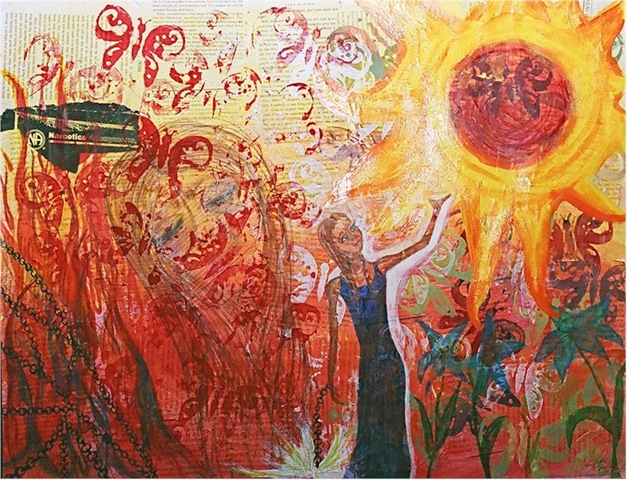
Mysticism is dying, and taking true religion with it. Monasteries have dwindled. Contemplative orders have declined. Our religious leaders no longer preach the renunciation of the world; our culture scoffs at the idea. The closest most Americans come to real asceticism is giving up chocolate, cappuccinos, or (in my own not-quite-Francis-of-Assisi case) meat for lunch for Lent.
This, at least, is the stern message of Luke Timothy Johnson, writing in the latest issue of the Catholic journal Commonweal. As society has become steadily more materialistic, Johnson declares, our churches have followed suit, giving up on the ascetic and ecstatic aspects of religion and emphasizing only the more worldly expressions of faith. Conservative believers fixate on the culture wars, religious liberals preach social justice, and neither leaves room for what should be a central focus of religion — the quest for the numinous, the pursuit of the unnamable, the tremor of bliss and the dark night of the soul.Yet by some measures, mysticism’s place in contemporary religious life looks more secure than ever. Our opinion polls suggest that we’re encountering the divine all over the place. In 1962, after a decade-long boom in church attendance and public religiosity, Gallup found that just 22 percent of Americans reported having what they termed “a religious or mystical experience.” Flash forward to 2009, in a supposedly more secular United States, and that number had climbed to nearly 50 percent.
In a sense, Americans seem to have done with mysticism what we’ve done with every other kind of human experience: We’ve democratized it, diversified it, and taken it mass market. No previous society has offered seekers so many different ways to chase after nirvana, so many different paths to unity with God or Gaia or Whomever. A would-be mystic can attend a Pentecostal healing service one day and a class on Buddhism the next, dabble in Kabbalah in February and experiment with crystals in March, practice yoga every morning and spend weekends at an Eastern Orthodox retreat center. Sufi prayer techniques, Eucharistic adoration, peyote, tantric sex — name your preferred path to spiritual epiphany, and it’s probably on the table.
This democratization has been in many ways a blessing. Our horizons have been broadened, our religious resources have expanded, and we’ve even recovered spiritual practices that seemed to have died out long ago. The unexpected revival of glossolalia (speaking in tongues, that is), the oldest and strangest form of Christian worship, remains one of the more remarkable stories of 20th-century religion.
And yet Johnson may be right that something important is being lost as well. By making mysticism more democratic, we’ve also made it more bourgeois, more comfortable, and more dilettantish. It’s become something we pursue as a complement to an upwardly mobile existence, rather than a radical alternative to the ladder of success. Going to yoga classes isn’t the same thing as becoming a yogi; spending a week in a retreat center doesn’t make me Thomas Merton or Thérèse of Lisieux. Our kind of mysticism is more likely to be a pleasant hobby than a transformative vocation.
What’s more, it’s possible that our horizons have become too broad, and that real spiritual breakthroughs require a kind of narrowing — the decision to pick a path and stick with it, rather than hopscotching around in search of a synthesis that “works for me.” The great mystics of the past were often committed to a particular tradition and community, and bound by the rules (and often the physical confines) of a specific religious institution. Without these kind of strictures and commitments, Johnson argues, mysticism drifts easily into a kind of solipsism: “Kabbalism apart from Torah-observance is playacting; Sufism disconnected from Shariah is vague theosophy; and Christian mysticism that finds no center in the Eucharist or the Passion of Christ drifts into a form of self-grooming.”
Most religious believers will never be great mystics, of course, and the American way of faith is kinder than many earlier eras to those of us who won’t. But maybe it’s become too kind, and too accommodating. Even ordinary belief — the kind that seeks epiphanies between deadlines, and struggles even with the meager self-discipline required to get through Lent — depends on extraordinary examples, whether they’re embedded in our communities or cloistered in the great silence of a monastery. Without them, faith can become just another form of worldliness, therapeutic rather than transcendent, and shorn of any claim to stand in judgment over our everyday choices and concerns.
Without them, too, we give up on what’s supposed to be the deep promise of religious practice: that at any time, in any place, it’s possible to encounter the divine, the revolutionary and the impossible — and have your life completely shattered and remade.
1 comment:
Post a Comment